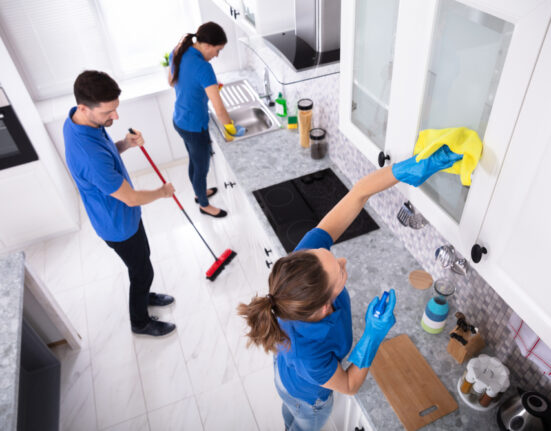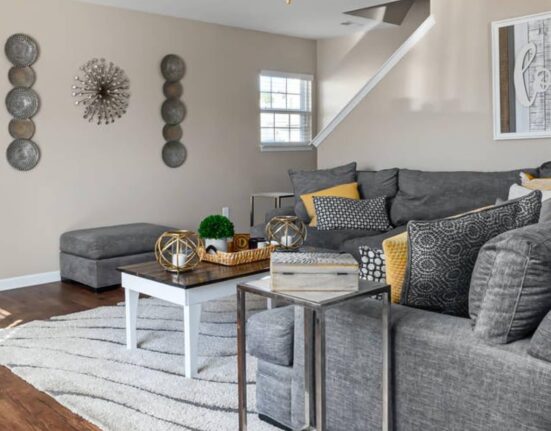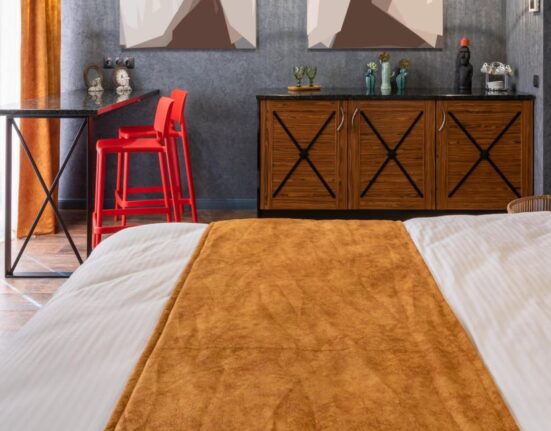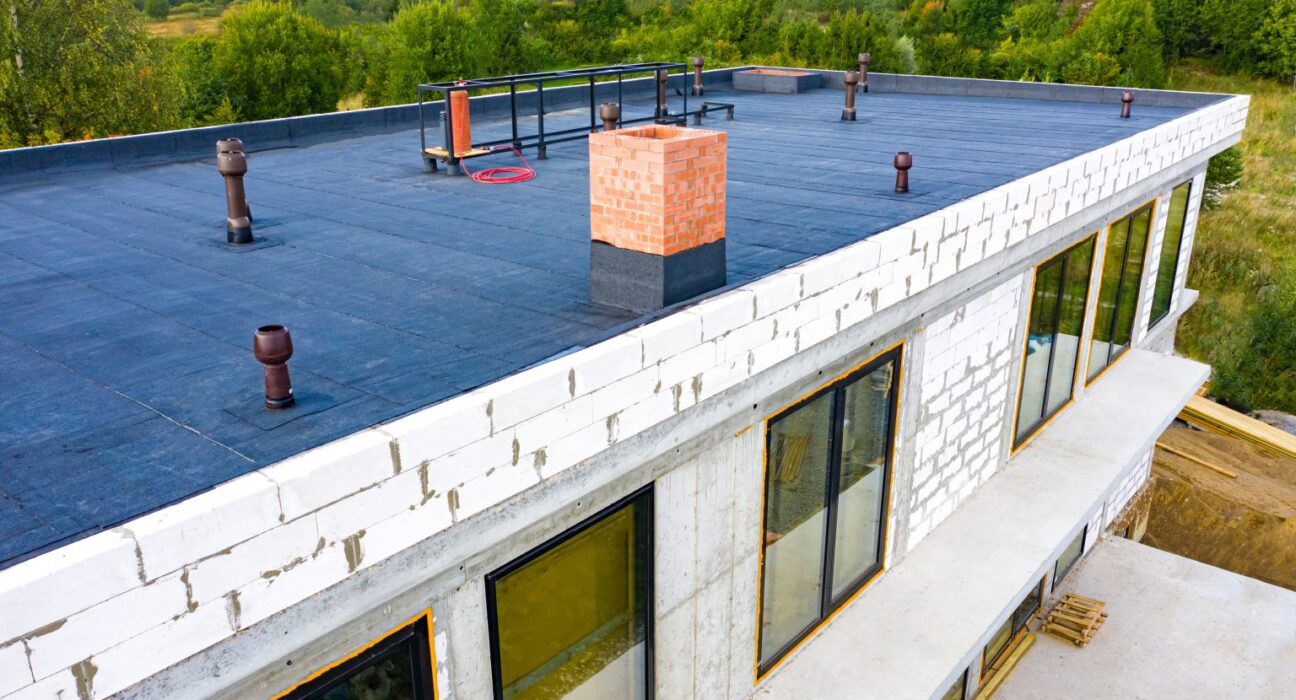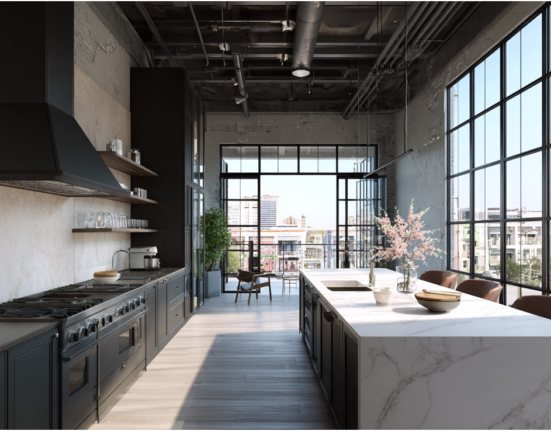Are you curious about the different materials used for flat roofs and what makes each one special? Whether you’re designing a new building or just fascinated by construction, understanding flat roof materials can be both fun and educational.
This guide will walk you through the features and benefits of various flat roof materials in a way that’s easy to understand. Read on to learn more about the flat roof options.
TPO Roofing
Another material that is frequently used for flat roofs is TPO (Thermoplastic Olefin). It is a single-ply membrane composed of ethylene-propylene and polypropylene rubber blended together.
Benefits of TPO
TPO offers excellent resistance to UV rays, ozone, and chemical exposure. This can help reduce energy costs by keeping the building cooler. TPO is flexible and can accommodate building movement and settling.
Installation and Maintenance
TPO is typically installed in large sheets that are welded together using heat. This creates a strong seam that is resistant to leaks. Regular maintenance includes inspections to check for damage and ensure the seams remain sealed. Minor repairs can often be made with heat welding.
Cost and Longevity
TPO is generally more affordable than other roofing materials like PVC. It has a lifespan of 15-20 years with proper maintenance. However, it may not be as durable as EPDM or PVC in some climates.
PVC Roofing
PVC (Polyvinyl Chloride) is a durable and long-lasting material used for flat roofs. It is a single-ply membrane made from polyvinyl chloride.
Benefits of PVC
PVC is highly resistant to chemicals, fire, and punctures. It is also highly reflective, which can help reduce energy costs. PVC is flexible and can accommodate building movement and settling.
Installation and Maintenance
PVC is typically installed in large sheets that are welded together using heat. This creates a strong seam that is resistant to leaks. Regular maintenance includes inspections to check for damage and ensure the seams remain sealed. Minor repairs can often be made with heat welding.
Environmental Impact
PVC has a higher environmental impact than other roofing materials due to the chemicals used in its production. However, some manufacturers are now producing PVC roofing materials with less environmental impact.
Modified Bitumen Roofing
Bitumen that has been altered utilizing polymers to enhance its performance is known as modified bitumen. It comes in torch-applied and self-adhesive varieties, and is frequently used on flat roofs.
Benefits of Modified Bitumen
Modified Bitumen offers excellent resistance to weathering, UV rays, and punctures. It is also flexible and can accommodate building movement and settling. Additionally, it can be installed in multiple layers for added durability.
Installation and Maintenance
Flat roof installation is typically installed in rolls that are either torch-applied or self-adhesive. The seams are sealed with adhesive or heat to prevent leaks. Regular maintenance includes inspections to check for damage and ensure the seams remain sealed.
Cost and Longevity
Modified Bitumen is generally more affordable than other roofing materials like PVC and EPDM. It has a lifespan of 20-25 years with proper maintenance.
Green Roofs
Green roofs, also known as living roofs, are becoming increasingly popular for their environmental benefits. They consist of a waterproof membrane covered with soil and vegetation.
Benefits of Green Roofs
One of the main benefits of green roofs is their ability to reduce stormwater runoff. Additionally, green roofs can improve air quality and provide a habitat for wildlife.
Installation and Maintenance
Green roofs require a strong structure to support the weight of the soil and vegetation. They are typically installed in layers, with a waterproof membrane, drainage layer, and growing medium. Regular maintenance includes watering, weeding, and replacing dead plants.
Environmental Impact
Green roofs have a positive environmental impact. They can reduce the urban heat island effect, improve air quality, and provide a habitat for wildlife.
Metal Roofing
Metal roofing is a durable and long-lasting option for flat roofs. It is typically made from steel, aluminum, or copper.
Benefits of Metal Roofing
Metal roofing offers excellent resistance to weathering, fire, and pests. It is also highly reflective, which can help reduce energy costs. Additionally, metal roofing is lightweight and can be installed over existing roofing materials.
Installation and Maintenance
Metal roofing is typically installed in large panels or shingles. The seams are sealed with fasteners or clips to prevent leaks. Regular maintenance includes inspections to check for damage and ensure the fasteners remain secure.
Cost and Longevity
Metal roofing is generally more expensive than other roofing materials like TPO and EPDM. However, its durability and longevity can make it a cost-effective option in the long run.
Asphalt Shingles
While not commonly used for flat roofs, asphalt shingles can be an option for low-slope roofs. They are made from a fiberglass or organic mat coated with asphalt and mineral granules.
Benefits of Asphalt Shingles
Asphalt shingles are affordable and easy to install. They also come in a variety of colors and styles, allowing for customization.
Installation and Maintenance
Asphalt shingles are typically installed in overlapping rows. The edges are sealed with adhesive to prevent leaks. Regular maintenance includes inspections to check for damage and replace missing or damaged shingles.
Cost and Longevity
Asphalt shingles are generally more affordable than other roofing materials like metal and PVC. They have a lifespan of 15-20 years with proper maintenance.
Spray Polyurethane Foam (SPF)
SPF roofing is a unique option for flat roofs. It involves spraying a liquid mixture onto the roof, which then expands into a foam and hardens.
Benefits of SPF Roofing
SPF roofing offers excellent insulation properties, which can help reduce energy costs. It is also lightweight and can be applied over existing roofing materials. Additionally, SPF roofing is seamless, reducing the risk of leaks.
Installation and Maintenance
SPF roofing is typically applied in layers, with a base coat and a protective top coat. Regular maintenance includes inspections to check for damage and reapplying the top coat as needed.
Cost and Longevity
SPF roofing is generally more expensive than other roofing materials like TPO and EPDM. However, its insulation properties and seamless application can make it a cost-effective option in the long run.
Regular roof inspection in Overland Park is essential to ensure the longevity and proper maintenance of your roofing system.
Exploring the Flat Roof Materials
Flat roofs offer a modern and practical solution for many buildings. With a variety of flat roof materials to choose from, each with its own unique features and benefits, you can find the perfect option for your needs. Whether you prioritize durability, affordability, or environmental impact, there’s a flat roof material that’s right for you.
For more helpful tips, check out the rest of our site today.


